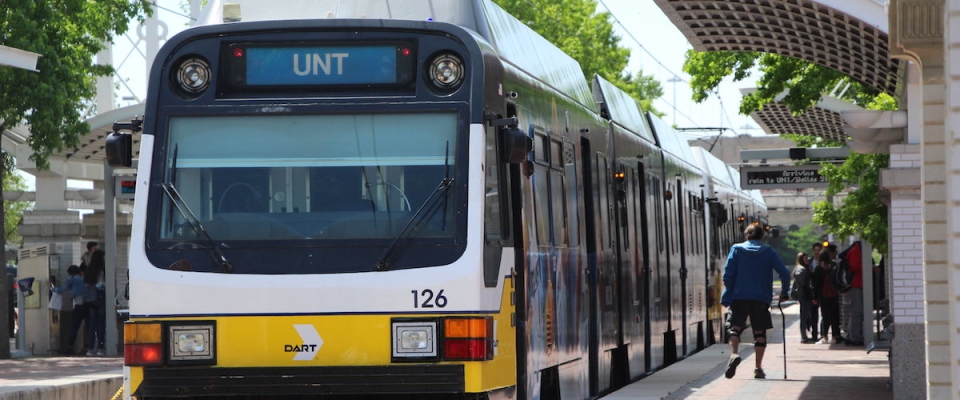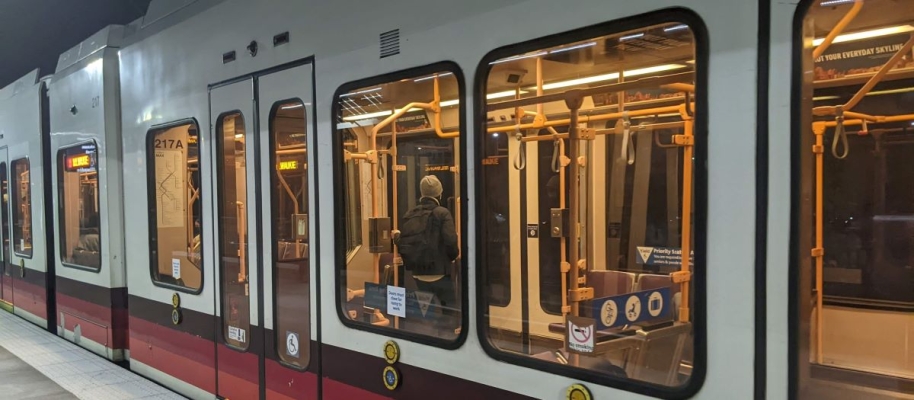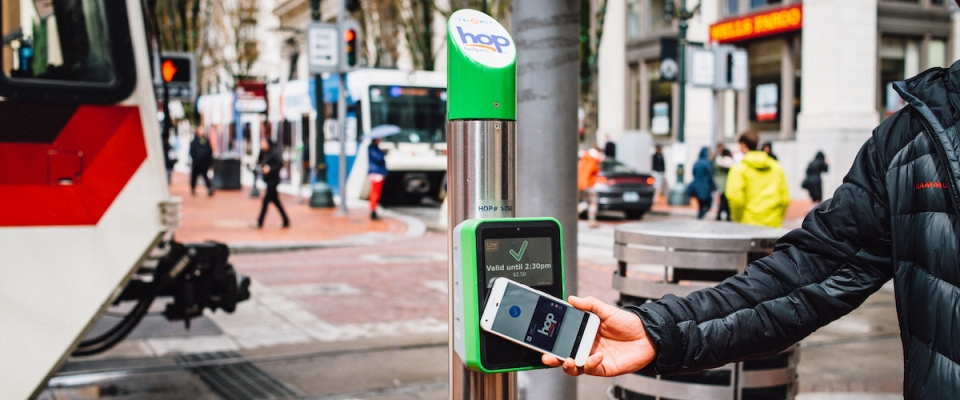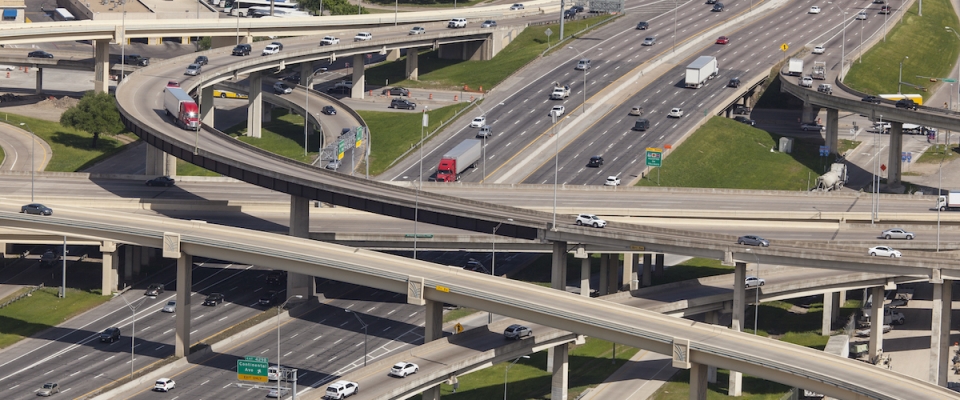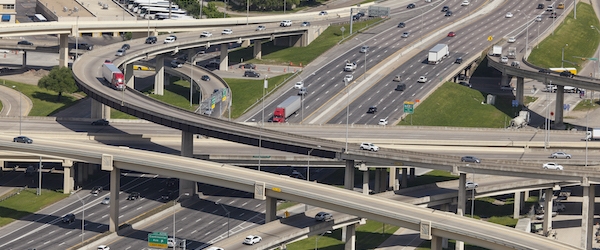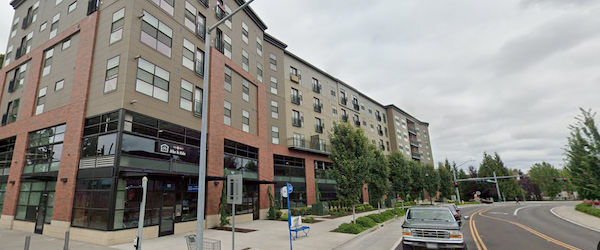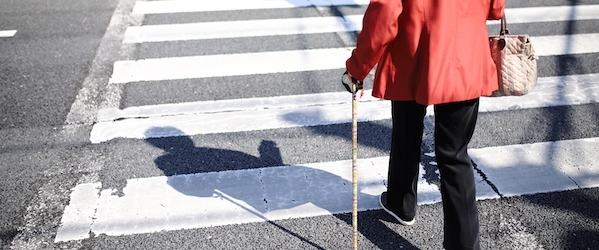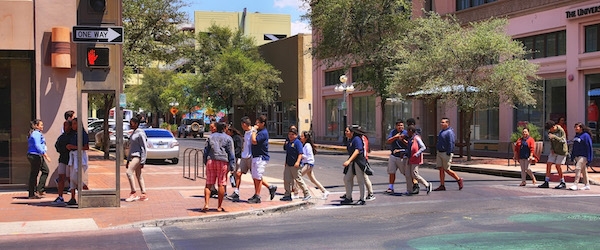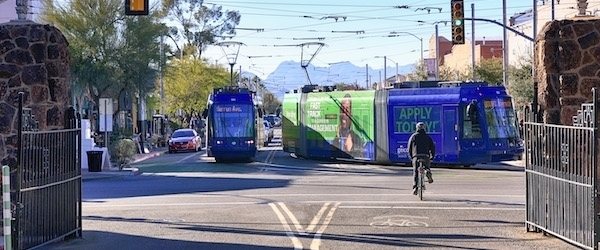No matter where you live, but especially if you live in a big city, you have likely seen people experiencing homelessness (PEH) using public transportation services. PEH use public transportation not only to get from place to place but also as shelter. Unfortunately, the relationship between the homeless populations, homeless services providers, and transportation providers is not well understood, making it difficult to pinpoint the best ways to accommodate those experiencing homelessness.
Conducted by a research team at the University of Texas, Arlington, the latest National Institute for Transporation and Communities (NITC) project served to determine the needs of people experiencing homelessness in order to advise transportation providers on how to best support this population.
THE RESEARCH
The research team asked four main questions:
- How does Dallas Area Rapid Transit (DART) meet the daily needs of PEH?
- What are the nationwide services provider practices for providing mobility for PEH?
- Why do PEH not use public transit?
- What are the reactions of PEH and homeless services providers to potential transit agency interventions identified in earlier research?
To answer these questions, the research team conducted in-person interviews with willing PEH at a Dallas County homeless services provider. They also gathered data with a quantitative survey...
Read more
